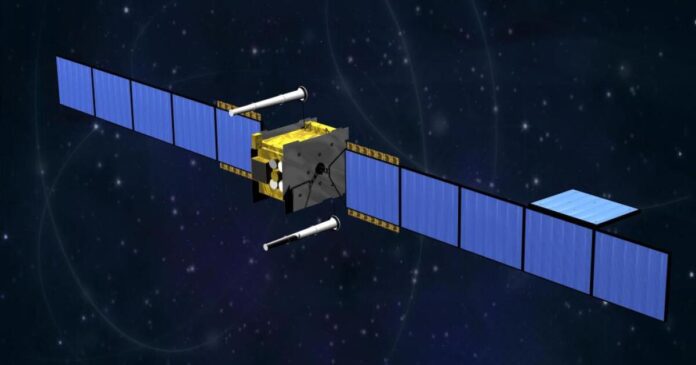Star Wars becomes more than a film franchise title as the British government moves to protect the country’s satellites from laser attacks. The £500,000 (US$670,000) investment for new sensor systems is part of a broader strategic realignment.
In 2010, there were about 1,000 active satellites in orbit around the Earth. As of October 2025, there are about 12,900 satellites up there, with tens of thousands more projected to be launched as the cost of space travel drops.
It isn’t just a matter of sheer numbers. It’s the development of whole new capabilities like orbital Wi-Fi and of new economies. For example, satellite services are responsible for 20% of the UK’s GDP. Add to this the increasing strategic importance of space for defense, with Britain investing £5 billion (US$6.7 billion) over 10 years in the Skynet 6 program to enhance secure satellite communications and it’s understandable that protecting orbital assets has become increasingly important. This isn’t just a theoretical problem. Both Russia and China have tested anti-satellite weapons and recently Russia has been accused of tracking and interfering with NATO satellites.
Therefore, it’s no small wonder that the British government is becoming increasingly concerned with protecting its satellites against laser attacks from ground stations or hostile satellites. Mind you, we’re not talking about high-energy lasers that can blast a satellite out of the sky. The distances involved are much too great for that. Instead, these are lasers designed to blind satellites or destroy delicate optical equipment.
The new announcement is based on Britain’s Strategic Defence Review (SDR) 2025, which states that space is now a top-tier defense area, along with land, sea, air, and cyberspace, and needs to be protected to the same degree as the others. This is part of the reason for the establishment of UK Space Command (UKSC), which is charged, along with the UK Space Agency, with satellite defense.
The purpose of the new initiative will be to develop sensors to be installed on satellites that will allow them to detect and assess laser attacks so proper countermeasures can be employed. Since these are not high-energy lasers, these defenses may require no more than switching off instruments or turning them away from the threat. Meanwhile, the sensors will be able to gather data on the threat and relay it back to Earth.
“The Strategic Defence Review raised space to parity with the traditional war-fighting domains and underscored the critical importance of space to our economy, prosperity and national security and defense,” said Major General Paul Tedman, Commander of UK Space Command. “It made it clear that space does not just accessorize our way of war, in many respects it is changing it fundamentally. It also made clear that threats to our national interests in space are increasing.
“In this new era of threats, UK Space Command is competing against a growing arsenal of adversary counter-space systems and requires new and innovative edge technology to protect and defend our satellites. Therefore, I am delighted that in less than 6 months after publishing the SDR, we are investing new money into this novel technology to accelerate our space program.”
Source: UK Government


